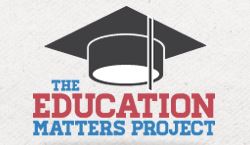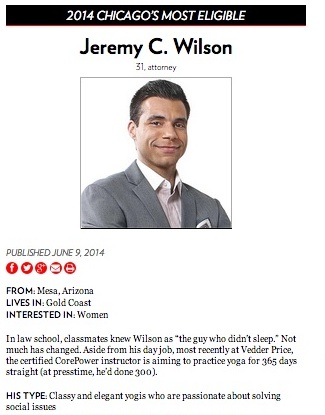Archive for November 10th, 2011
Marketing to the Masses. The 2011 Kellogg Marketing Competition
 Convincing someone to to your product, especially when they have limited funds, is a tough proposition. Â You have to come up with the right price. Appeal to the people in front of you. Have good ideas for promoting it. And last but not least have a quality product. Â This week, a lot of Kellogg students are thinking about all those things and more, as they are gearing up for this year’s 2011 Annual Kellogg Marketing Competition.
Convincing someone to to your product, especially when they have limited funds, is a tough proposition. Â You have to come up with the right price. Appeal to the people in front of you. Have good ideas for promoting it. And last but not least have a quality product. Â This week, a lot of Kellogg students are thinking about all those things and more, as they are gearing up for this year’s 2011 Annual Kellogg Marketing Competition.
At long last, the Annual Kellogg Marketing Competition is back for the new class. There’s been a lot of buzz about it this year, but I’m seeing a lot less of it as a second year as opposed to last year.  But that’s mostly due to the fact that I’m on campus less given I’m in the last year of the JD-MBA program here.
Either way, it seems like the Kellogg Marketing Competition is one of the more fun things here on campus. It’s also one of the events that the students love to participate in.
So that leaves us just with one question now then – What does it take to emerge victorious in the Kellogg marketing competition? While there isn’t necessarily a right answer, a few ideas do emerge. Having a really idea to begin with. Getting your idea out to more and more classmates. Showing the value proposition in ways that other teams might forget to address. And most importantly, sending the right message to students throughout the week. Â And when you think about it, this is the goal of any mass marketer, like Kraft, P&G, and all the other companies that come to campus.
But that’s easier said that done, right? After all, people aren’t easily convinced. They aren’t easily persuaded to give their time and spend their own resources on something they’ve never used before.  Further, you have to compete with similar products that undergo the same process of market evaluation that you did. Especially on game day (e.g. during TG) when all the teams are competing side by side.  So in the end, your job is make decision on dozens, if not hundred of assumptions. Assumptions about the color, location of your product, and pitch that will ultimately get people to say “Yes”.
This is what happens in the week leading up to the marketing competition. Teams come up with a positioning strategy. The create a mini business plan. Put marketing materials up over the school. And they think about their target customer. In fact, I’d argue that the teams in the competition should do more of this last thing (e.g. customers). That is to say, instead of starting with the masses, start with a smaller number of people. A few students in your study group. A few students in your section. Or a few of your best friends. And test your pitch and product to see their reaction. And tweak it until it works.
And once they get the idea right for friends, then you scale. Get it out to more friends. Then to club members. Â To your section. Then move to another section. Then to the class. Â Then the competition. And those that do that best will probably emerge victorious.
I look forward to seeing who emerges in this year’s competition.






